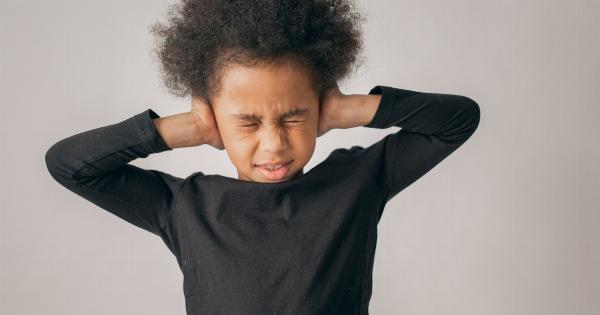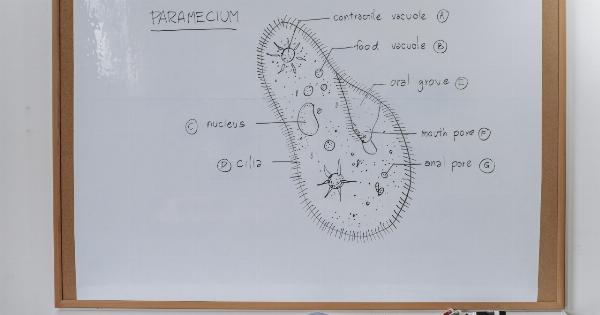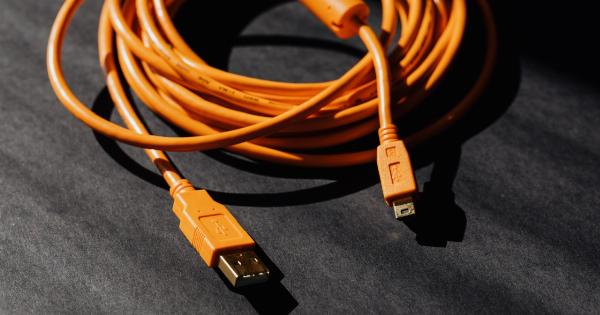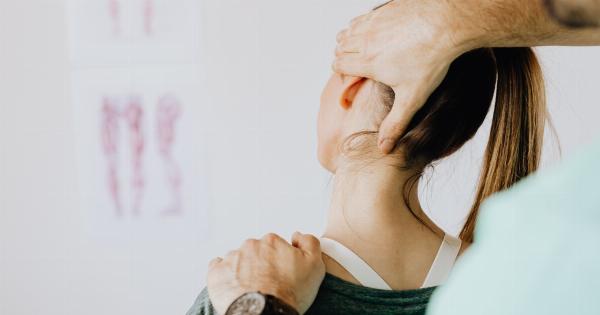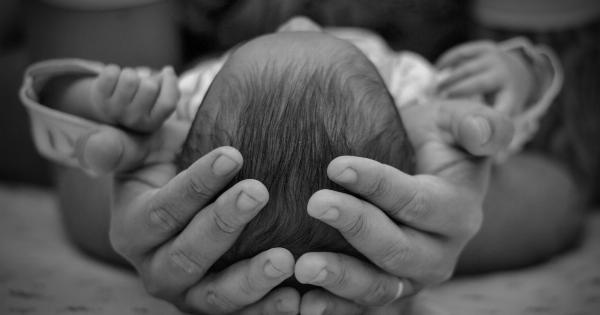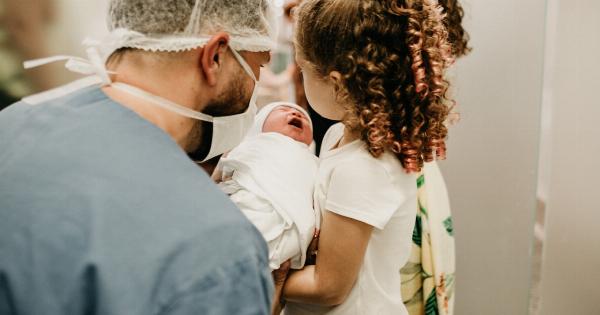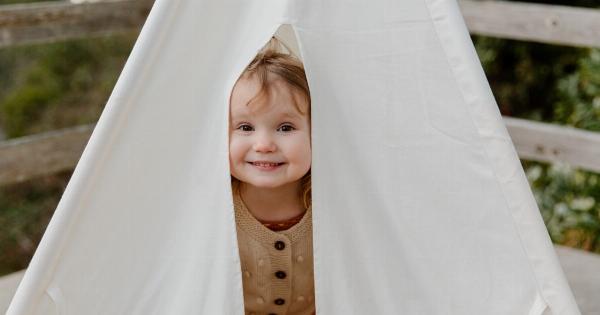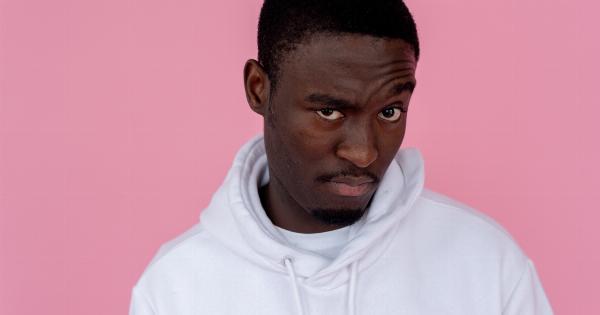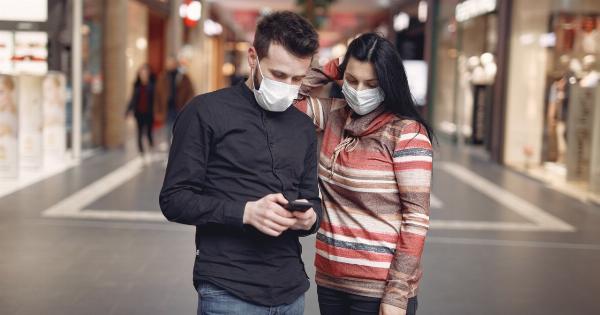When it comes to children, head injuries are a common occurrence. They can happen during playtime at home, on the playground, or during sports activities.
In most cases, head injuries are minor, and a child can recover without the need for medical intervention. However, some head injuries can be severe and require prompt medical attention. In this article, we will discuss head injuries in children, their types, symptoms, and when to seek medical attention.
Types of Head Injuries
There are different types of head injuries that can occur in children, and each one can vary in severity. Below are some common types of head injuries:.
Concussion
A concussion is a mild traumatic brain injury that occurs when a child’s head is hit or shaken. It can happen during sports activities or falls.
Symptoms of a concussion, such as confusion, headache, dizziness, nausea, and vomiting, may appear immediately or within hours after the injury. In some cases, a child may lose consciousness for a few seconds or a few minutes.
Skull Fracture
A skull fracture is a break in the bone of the skull. It can occur when a child falls from a height or is hit by an object. Symptoms of a skull fracture may include swelling, bruising, bleeding, and tenderness around the area of injury.
In some cases, a child may experience a headache, vision changes, and fluid drainage from the nose or ears.
Intracranial Hematoma
An intracranial hematoma is a collection of blood inside the skull. It can occur when a blood vessel in the brain ruptures or when there is a severe blow to the head.
The symptoms of an intracranial hematoma may vary depending on the location and size of the hematoma. Some common symptoms include headache, dizziness, confusion, seizures, and loss of consciousness.
When to Seek Medical Attention
Not all head injuries require medical attention, but it’s important to be aware of the signs and symptoms that indicate a more severe injury. Below are some guidelines on when to seek medical attention:.
Loss of Consciousness
If a child loses consciousness, even for a few seconds, after a head injury, it’s important to seek medical attention immediately. Losing consciousness is a sign of a more severe injury and requires prompt evaluation.
Worsening Symptoms
If a child’s symptoms are getting worse instead of improving after a head injury, it’s important to seek medical attention. Worsening symptoms can include severe headache, vomiting, confusion, dizziness, or difficulty with coordination.
Changes in Behavior
If a child’s behavior changes significantly after a head injury, it’s important to seek medical attention. Changes in behavior can include irritability, lethargy, sleep disturbances, or difficulty concentrating.
Abnormal Eye Movement
If a child experiences abnormal eye movements, such as pupils that are not equal in size or do not react to light, it’s important to seek medical attention immediately. This may indicate a more severe injury to the brain.
Preventing Head Injuries
Head injuries can be prevented with proper safety measures. Below are some tips to prevent head injuries in children:.
Wear Helmets
Encourage children to wear helmets when participating in sports activities such as biking, skateboarding, or skiing. Helmets can protect the head from a serious injury in case of a fall or collision.
Use Car Seats
Always use car seats for infants and young children when riding in a car. Make sure the car seat is properly installed and secured according to the manufacturer’s instructions.
Prevent Falls
To prevent falls, keep stairways well lit and use safety gates to prevent children from accessing stairs or high areas. Also, make sure playground equipment is properly installed and maintained to prevent falls and injuries.
Conclusion
Head injuries are a common occurrence in children, but not all injuries require medical attention. It’s important to be aware of the signs and symptoms of a more severe injury and to seek medical attention if necessary.
Preventing head injuries can be done by using safety measures such as wearing helmets, using car seats, and preventing falls. By taking proper safety measures, parents and caregivers can help reduce the risk of head injuries in children.

